Introduction: What is a 15-Minute City?
Did you know that transportation accounts for nearly 29% of global greenhouse gas emissions? With urban centers growing rapidly and congestion worsening, cities are increasingly struggling with pollution, long commutes, and declining quality of life. To combat these challenges, urban planners have turned to a revolutionary idea: the 15-minute city.
A 15-minute city aims to make urban life more sustainable by ensuring that residents can access everything they need—whether it’s work, education, healthcare, shopping, or leisure—within a 15-minute walk or bike ride. This approach not only reduces the reliance on cars but also promotes sustainable living while fostering community well-being. Cities like Paris have embraced the concept, integrating it into their post-pandemic urban transformations.
In this article, we explore how 15-minute cities are redefining urban living, offering environmental, economic, and social benefits, and what the future holds for this innovative approach to city planning.
Key Principles of the 15-Minute City
- Proximity: Everything residents need should be within a 15-minute walk or bike ride.
- Mixed-use development: Housing, workspaces, schools, healthcare, and entertainment should all exist within close proximity.
- Sustainability: Promoting eco-friendly mobility options, such as cycling and walking, to minimize environmental impact.
- Community and social interaction: Public spaces should encourage interaction and foster a sense of belonging.
The beauty of the 15-minute city lies in its ability to improve urban living on multiple levels, offering environmental, social, and economic benefits. As urban centers increasingly adopt this model, it’s crucial to examine its potential to transform how we live in cities.
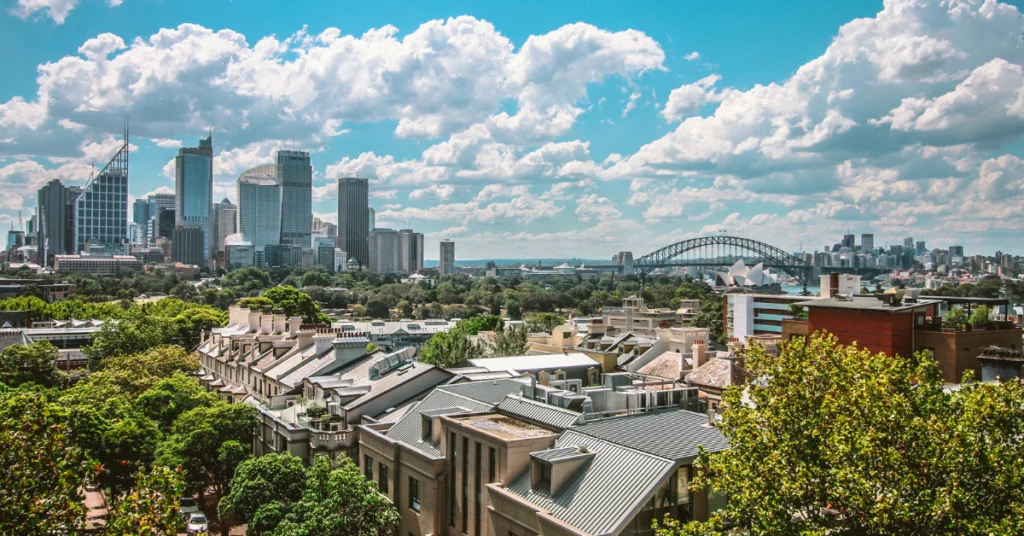
Environmental Impact: How 15-Minute Cities Support Sustainability
One of the strongest drivers behind the push for 15-minute cities is the need for urban areas to become more sustainable. With transportation accounting for nearly 29% of global greenhouse gas emissions, the car-centric design of cities has a detrimental impact on the environment. The 15-minute city aims to reverse this trend by reducing car dependency and promoting sustainable alternatives such as cycling, walking, and public transportation.
Reducing Carbon Emissions
At the heart of the 15-minute city is the goal of lowering urban carbon emissions. By making essential services accessible on foot or by bike, residents no longer need to rely on cars for daily commutes. This shift not only reduces the use of fossil fuels but also supports global efforts to combat climate change.
Cities like Copenhagen have successfully implemented eco-friendly transportation policies, with over 50% of residents commuting by bicycle. As more cities adopt similar practices, they can significantly reduce their carbon footprint while improving public health through increased physical activity.
Green Infrastructure: Green Roofs and Public Spaces
Another vital aspect of 15-minute cities is the integration of green infrastructure. Green roofs, living walls, and public parks create a more breathable urban environment. These elements help mitigate the urban heat island effect, improve air quality, and support biodiversity within cities. By encouraging proximity-based living, green public spaces become central hubs for community interaction and ecological sustainability.
For instance, cities like Singapore have prioritized green architecture, incorporating rooftop gardens and vertical forests into their city planning. These projects not only beautify urban areas but also contribute to improved air quality and climate resilience.
Economic Benefits of 15-Minute Cities
Beyond environmental sustainability, the 15-minute city model brings substantial economic benefits. By encouraging local commerce, reducing transportation costs, and enhancing property values, this urban planning approach helps cities thrive economically while making life more affordable for residents.
Boosting Local Economies
The 15-minute city prioritizes local businesses by making them more accessible. As people can walk or bike to nearby shops, restaurants, and service providers, they are more likely to support the local economy. In this model, sustainable practices such as local food production through urban farming and community gardens also flourish, providing residents with fresher produce and reducing supply chain emissions.
According to the Urban Land Institute, the 15-minute city not only fosters resilience but also strengthens local economies by creating opportunities for small businesses to thrive within walkable neighborhoods.
Reducing Transportation Costs
In addition to boosting local economies, the 15-minute city reduces household transportation costs. By minimizing the need for car ownership and daily commutes, residents can save on fuel, vehicle maintenance, and parking expenses. Furthermore, cities benefit from decreased road congestion and lower infrastructure maintenance costs.
As urban areas adopt this model, they are likely to see long-term savings in transportation budgets, allowing those funds to be redirected toward social services, education, and health care improvements.
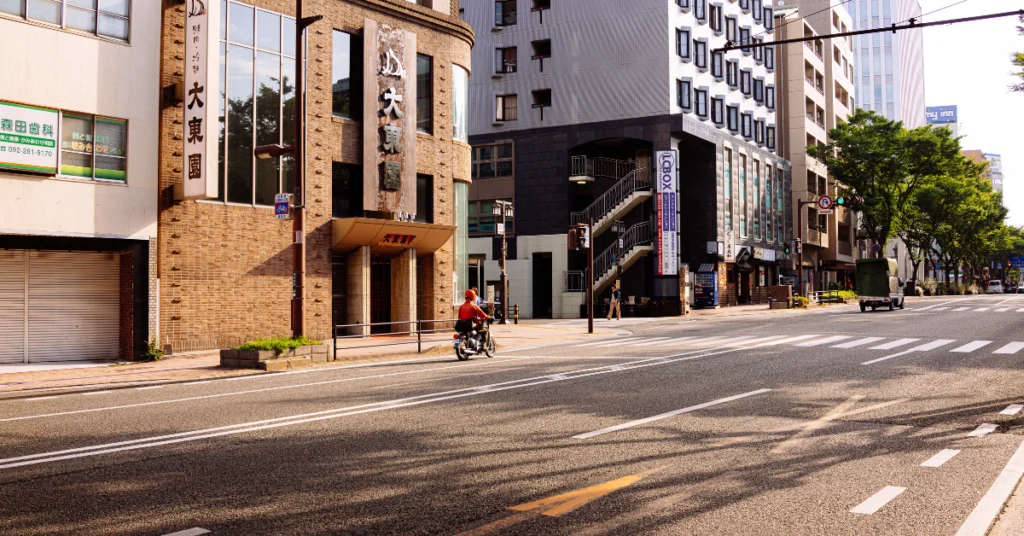
Social and Health Benefits of 15-Minute Cities
Beyond environmental and economic advantages, the 15-minute city model provides profound social and health benefits. The reduced dependency on cars, increased access to green spaces, and the integration of community-oriented public areas all contribute to a healthier, more connected urban population. The 15-minute city also promotes a lifestyle focused on well-being and community bonds, which is essential for enhancing overall quality of life in dense urban settings.
Improving Public Health through Walkability and Active Living
One of the core principles of the 15-minute city is to make neighborhoods more walkable and bike-friendly. Studies show that walkable cities contribute to lower rates of obesity, diabetes, and cardiovascular disease, as people engage in more physical activities as part of their daily routines. In cities like Barcelona, the implementation of Superblocks—large sections of the city closed off to traffic—has led to improved air quality and increased physical activity among residents, reducing pollution-related health risks.
This shift toward active transportation also helps alleviate mental health issues. With less time spent in cars and more time in natural settings, urban residents experience reduced stress and increased social interactions, both of which have been shown to boost mental well-being.
Fostering Community and Reducing Social Isolation
The design of 15-minute cities fosters a sense of community by encouraging people to engage in their local neighborhoods. Public squares, parks, and pedestrian streets are designed to encourage interaction, which in turn reduces social isolation—a common issue in densely populated urban areas. Community gardens, like those featured in Urban Gardening, are another integral feature, offering residents a communal space to connect and grow their own food sustainably.
By bringing essential services closer to home, residents have more opportunities to connect with others. Research from the National Institutes of Health (NIH) has shown that people living in walkable communities report higher levels of trust and feel more connected to their neighbors.
Ensuring Access to Green and Safe Public Spaces
The 15-minute city model places a strong emphasis on accessible green spaces, which play a significant role in residents’ mental and physical health. Parks and open spaces reduce pollution and provide environments where people can relax, exercise, and connect with nature. Safe, well-maintained public areas are especially crucial for families and older adults, as they provide areas for recreation, relaxation, and socializing.
For cities aiming to prioritize green infrastructure, examples like green roofs and rooftop gardens are practical solutions that add greenery to densely populated areas without requiring additional land. These urban oases help cities remain cooler, reduce air pollution, and provide spaces for communities to gather and enjoy the outdoors.
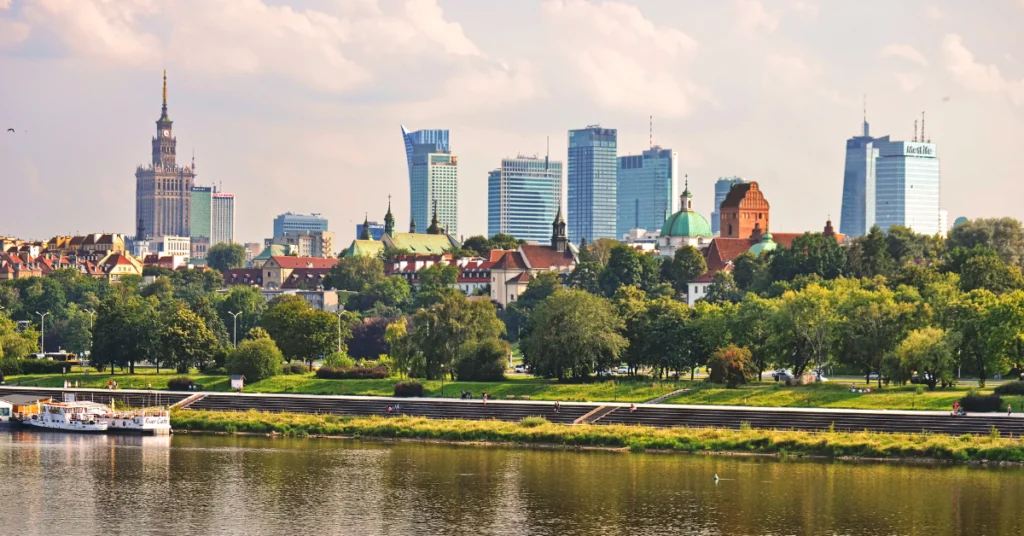
Examples of Cities Leading the 15-Minute City Movement
The 15-minute city model has gained momentum in cities worldwide, with many already making strides to incorporate the concept into their urban planning. The following cities are pioneering examples of how this urban model can be successfully implemented, and they offer insights into the diverse strategies that cities can adopt to create more livable, sustainable environments.
Paris: A Pioneer in the 15-Minute City Concept
Paris has become the most renowned advocate of the 15-minute city, with Mayor Anne Hidalgo spearheading initiatives to turn this vision into reality. Since 2020, Paris has introduced significant changes to prioritize cyclists and pedestrians, aiming to reduce car usage and pollution. Many streets in the city center are now car-free or have limited traffic, encouraging residents to walk or bike to their destinations.
Paris also emphasizes the integration of local services within neighborhoods. By investing in small, community-focused businesses, the city supports the local economy and creates employment opportunities within each district. Paris’s approach is a powerful example for other cities, demonstrating the potential for social and economic revitalization through sustainable urban planning.
Melbourne: The 20-Minute Neighborhood Plan
Melbourne has embraced a similar concept with its **20-Minute Neighborhood** initiative. The Australian city has identified a set of urban areas that are designed to meet residents’ daily needs within a short walk or bike ride. The focus is on creating well-connected, accessible neighborhoods that offer access to healthcare, education, and green spaces.
By investing in infrastructure and public transportation, Melbourne ensures that each neighborhood has essential services within reach, effectively reducing the need for long commutes. The initiative aligns with the city’s sustainability goals and reflects a broader trend in Australia to create resilient, livable urban areas.
Portland: Building Inclusive, Walkable Communities
Portland, Oregon, has long been a leader in sustainable urban planning. Known for its extensive network of bike lanes and public transportation, the city has adopted elements of the 15-minute city to encourage walkability and accessibility. Portland’s “Complete Neighborhoods” initiative ensures that essential amenities like grocery stores, schools, and parks are within walking distance for residents.
The city also places a strong focus on inclusivity, striving to make all neighborhoods accessible to people of all income levels. By implementing affordable housing projects alongside these walkable communities, Portland addresses both sustainability and equity in urban planning.
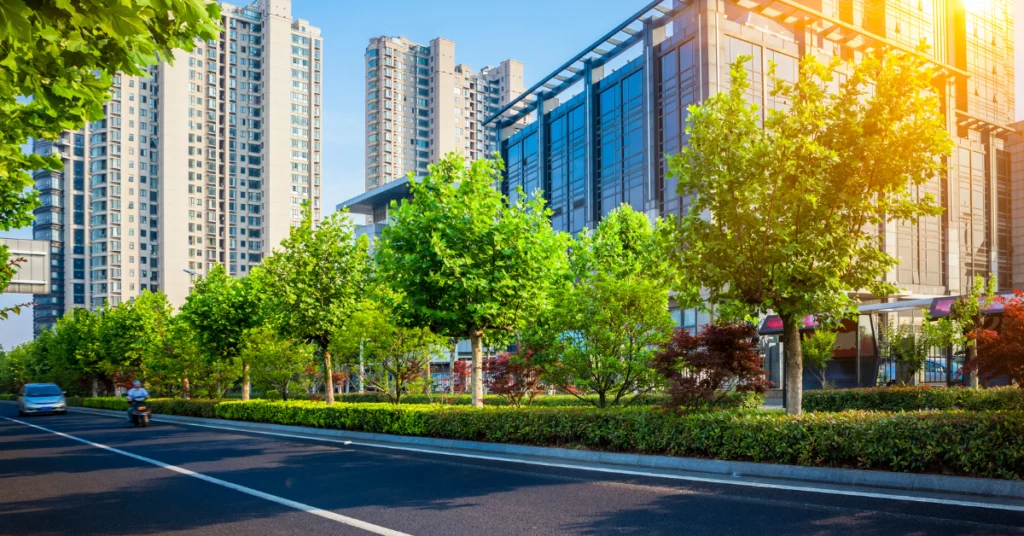
Challenges and Future of 15-Minute Cities
Despite the many benefits of the 15-minute city model, there are significant challenges to its implementation. Issues such as existing urban infrastructure, resistance from car-dependent communities, and the need for substantial investment in public transport and green spaces present obstacles that cities must navigate. However, as more cities strive toward sustainability and quality of life, these challenges are gradually being addressed.
Adapting Existing Infrastructure
One of the biggest challenges is adapting existing infrastructure. Many cities were designed with a car-centric focus, which makes transitioning to a walkable, bike-friendly environment more complex. Transforming major roads and commercial zones into pedestrian-oriented spaces requires significant investment and long-term planning. Some areas may need to invest in additional bike lanes, wider sidewalks, and traffic-calming measures to make the 15-minute city feasible.
In cities like New York, for example, initiatives like the NYC Bike Network and Open Streets program showcase early steps toward a more walkable urban landscape. These programs can serve as models for cities looking to repurpose existing roadways to align with the 15-minute city principles.
Financial and Political Challenges
Implementing a 15-minute city often requires substantial financial investment and political support. Building a robust public transport system, establishing green spaces, and enhancing local infrastructure are costly endeavors. Furthermore, the shift away from a car-centric model may face opposition from residents and businesses accustomed to car access.
Successful examples show that political commitment, such as Paris’s dedicated budget for cycling infrastructure, plays a crucial role in overcoming financial and public resistance. By educating communities on the long-term benefits of the 15-minute city, municipalities can foster support and address concerns around accessibility and economic impact.
For more insights into the value of local sustainability initiatives, check out our Sustainable Living section, which offers practical tips for urban residents aiming to lead eco-friendly lives.
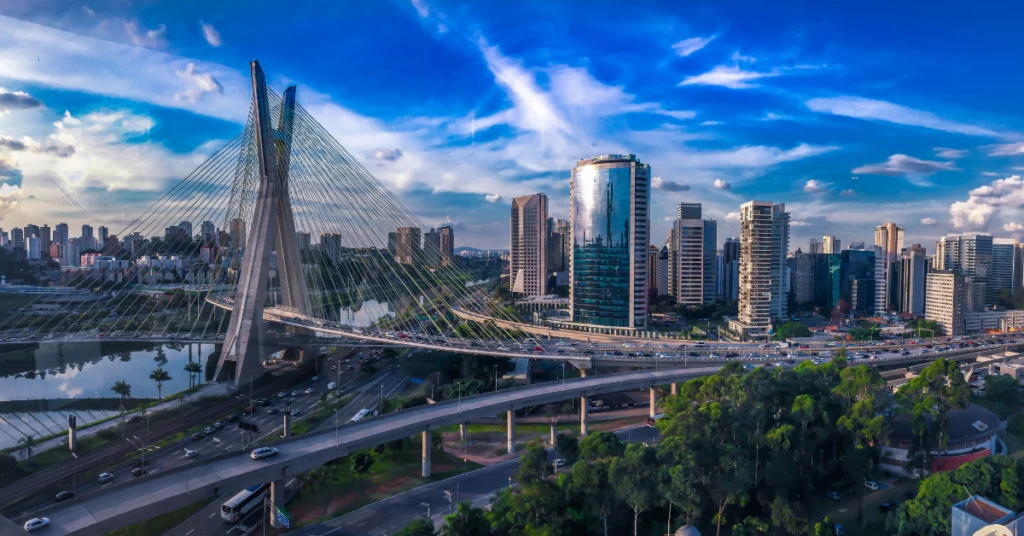
The Future of 15-Minute Cities: Innovating Urban Planning for Tomorrow
As cities across the globe face pressing challenges related to climate change, population growth, and quality of life, the 15-minute city model offers a pathway to a more sustainable and livable urban future. With the advancement of technology and growing demand for eco-friendly urban spaces, the potential for 15-minute cities is expanding. However, achieving this vision will require innovative planning, collaborative community efforts, and a strong commitment to sustainability.
Technology-Driven Urban Planning
Technology is becoming a powerful tool in the design and management of 15-minute cities. For example, smart city technologies like IoT sensors and data analytics allow city planners to monitor traffic flow, energy usage, and public space utilization in real time. This data-driven approach helps optimize urban spaces for efficiency and comfort, making 15-minute cities more adaptable to changing needs.
Additionally, the use of eco-friendly innovations, such as electric bike-sharing systems and autonomous public transit, reduces the need for private cars, providing convenient, low-emission alternatives. Cities like Amsterdam and Singapore are already integrating these technologies to support sustainable urban development, and similar approaches are expected to play a vital role in the future of 15-minute cities.
Community Engagement and Inclusive Planning
Successful 15-minute cities prioritize community input to ensure that the urban environment meets the needs of all residents. Inclusivity is key, especially in diverse cities where needs can vary widely based on demographics, socioeconomic factors, and cultural backgrounds. Community engagement not only helps identify neighborhood-specific requirements but also fosters a sense of ownership among residents.
For example, involving community members in the planning process for new parks, shared spaces, and local businesses can create a city that resonates with its residents. Research has shown that community-driven initiatives are more successful in fostering resilient, connected urban areas. By empowering local voices in the planning process, cities can build environments that are more inclusive and tailored to the unique identities of each neighborhood.
Policy and Legislative Support for Sustainable Development
To fully implement the 15-minute city model, policy support at the governmental level is essential. Urban policies that promote mixed-use development, green infrastructure, and affordable housing are crucial to achieving the goals of a 15-minute city. Governments can incentivize sustainable practices by offering grants, tax breaks, and subsidies to developers who incorporate eco-friendly and accessible features into their projects.
European countries, including France and Germany, have made strides in enacting policies that support urban sustainability, including mandates for green roofs and incentives for pedestrian-friendly developments. By prioritizing urban policies that reduce car dependency and promote eco-friendly construction, cities can make significant progress toward becoming true 15-minute cities.
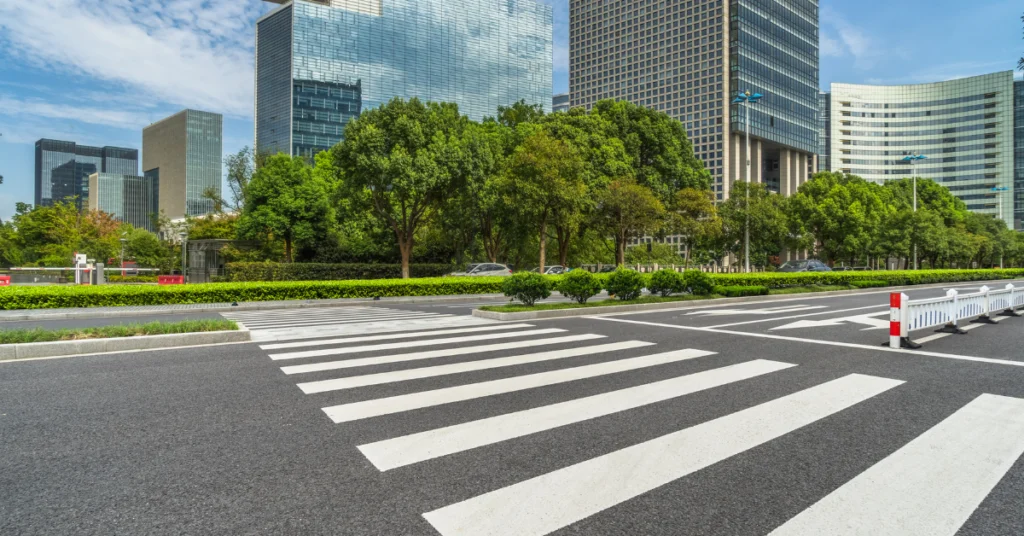
Challenges and Solutions for Implementing 15-Minute Cities
Despite the promising future of 15-minute cities, several challenges remain, particularly related to existing infrastructure, financial investment, and social acceptance. However, cities can address these challenges through strategic planning and collaboration with stakeholders at all levels.
Retrofitting Existing Infrastructure
For established cities, one of the main hurdles is adapting existing, car-centric infrastructure to fit the 15-minute city model. Transforming areas into walkable, bike-friendly spaces involves extensive changes, from modifying road layouts to creating dedicated bike lanes and pedestrian zones. Although retrofitting infrastructure is often costly and time-consuming, it can be done in phases to minimize disruptions.
Cities like New York and Tokyo are pioneering gradual changes by integrating bike-sharing systems, expanding sidewalks, and creating “car-light” zones, which reduce but don’t eliminate car access. Such initiatives offer a balanced approach, allowing residents to adapt gradually while benefiting from improved accessibility and lower emissions.
Funding and Resource Allocation
Implementing a 15-minute city also requires significant financial investment. Cities need funds to develop green spaces, upgrade public transportation, and improve local infrastructure. Public-private partnerships can provide an effective solution, as they enable cities to share the cost burden with private investors who see the long-term value in sustainable urban development.
Additionally, municipal governments can prioritize funds toward high-impact areas like public transit and community spaces. Reallocating resources to improve local amenities rather than expanding roads can create a foundation for 15-minute cities while maintaining budget efficiency. As cities like Paris have demonstrated, early investments in sustainable infrastructure can yield substantial returns in terms of economic growth and resident satisfaction.
Promoting a Culture Shift Toward Sustainability
Finally, adopting a 15-minute city requires a cultural shift, particularly in regions where car ownership is deeply ingrained. Educating residents on the benefits of reduced car dependency—such as improved air quality, lower commuting costs, and a stronger sense of community—can help overcome resistance. Cities can launch public awareness campaigns, emphasizing the social and health benefits of a 15-minute lifestyle.
Local events, community projects, and educational workshops that highlight eco-friendly living can foster a culture of sustainability. For example, workshops on sustainable gardening, like those featured in sustainable gardening practices, not only build community engagement but also teach residents how to contribute to their neighborhood’s sustainability goals.
Conclusion: The Promise of 15-Minute Cities
The 15-minute city model represents a transformative vision for urban life, bringing essential services closer to home, enhancing environmental sustainability, and fostering vibrant, connected communities. While the transition to a 15-minute city involves challenges, the benefits of reduced emissions, increased walkability, and enhanced quality of life make it an attractive goal for cities worldwide.
As more cities embrace this model, the future of urban living looks promising, with a stronger emphasis on local economies, green spaces, and inclusive communities. By focusing on sustainability, connectivity, and resilience, 15-minute cities offer a blueprint for a more livable, eco-friendly future. With ongoing innovation, policy support, and community engagement, cities worldwide have the potential to become truly sustainable urban ecosystems.






















